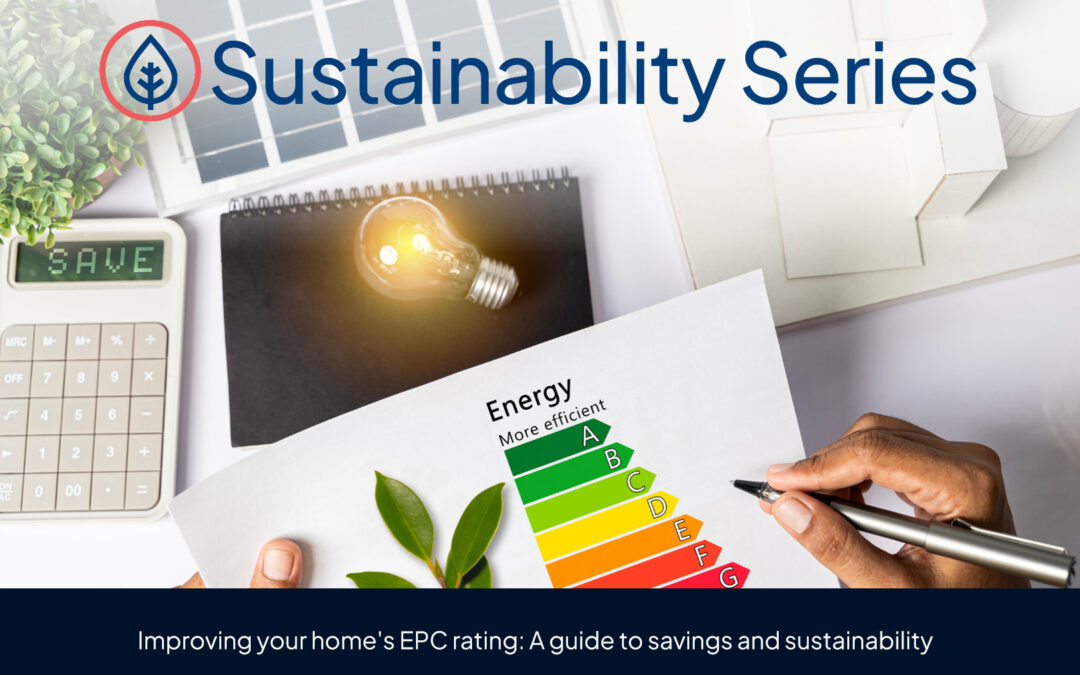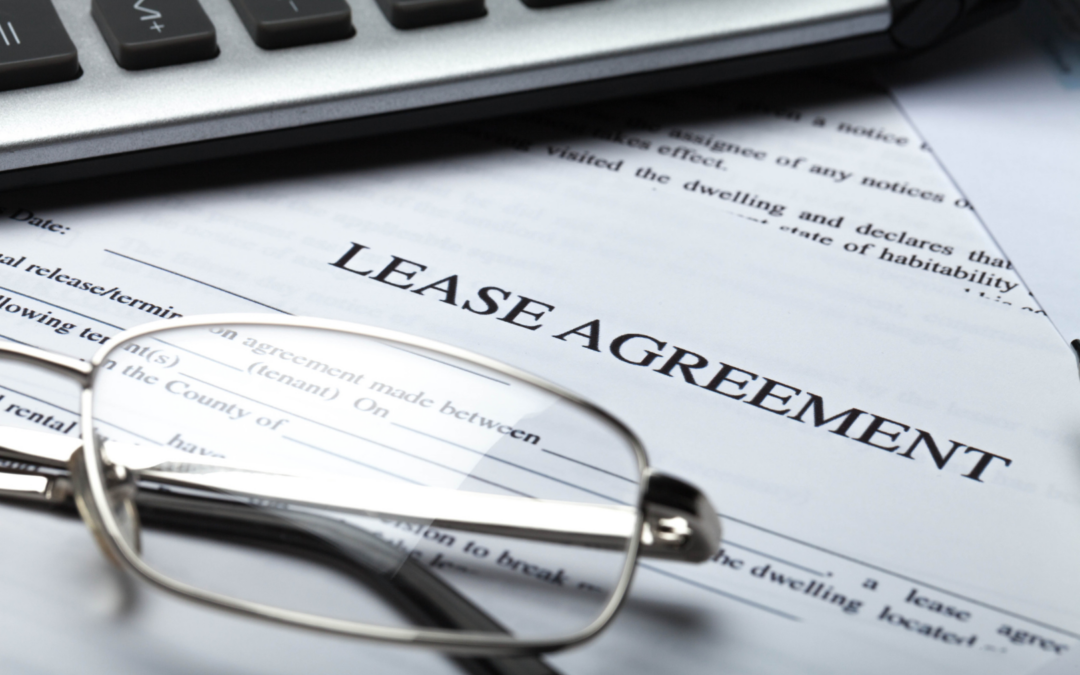The term ‘conservation area’ is well known but how are these protected property patches different and how do they affect homeowners?
OnTheMarket has this guide.
What does it mean to be in a conservation area?
Conservation areas “exist to manage and protect the special architectural and historic interest of a place – in other words the features that make it unique and distinctive,” according to public body Historic England.
There are thousands across England, Wales, Northern Ireland and Scotland, and they include battlefields, housing estates and canals.
Other than being synonymous with desirability and character, living in a conservation area means there are extra rules around what you can and can’t do to your home that wouldn’t necessarily apply to properties outside of these protected zones.
How do I know if I live in a conservation area?
If you bought or are buying your property through an estate agent, it’s likely the fact that it’s in a conservation area will have come up in the description. If you’re not sure, you can check with your local planning authority via the Planning Portal.
Lots of councils have dedicated web pages for their conservation areas, including maps and guidance, so there’s plenty to read up on.
What are the advantages of conservation areas?
“A conservation area can be aspirational for buyers as they tend to feature aesthetically attractive residences and are well maintained, serviced and generally in towns and cities, giving close links to services and amenities,” says Kate Taylor of Taylor & Co in Abergavenny, Wales.
And does it add value in terms of property prices? “Generally so,” comments Kate, “as the neighbours tend to look after their property so you don’t have to worry about their presentation.”
Read more
- How to object to a planning application
- Buying or renting a listed building? Everything you need to know
- Conveyancing terms explained: From encumbrance to redemption
Andrew Groocock, Regional Partner at Knight Frank, believes that while buying in a conservation area doesn’t necessarily increase the value of a property, it can be a popular choice for buyers who want to ensure their home and those around it are protected from development.
Andrew says: “Generally if you’re buying in a conservation area, your property will be an attractive period house that may have some greenery or a garden square and the restrictions on local development guarantee that the area will visually remain the same for years to come, protecting the ‘kerb appeal’ of the house.”
Kate Taylor agrees, saying that a conservation area can provide homeowners with “security and peace of mind that the area is unlikely to degenerate, thus providing security for their investment for the future.”
What is allowed in a conservation area?
Generally speaking, there are certain things you can do to a house without the need for planning permission, known as ‘permitted development rights’.
But when it comes to conservation areas, these are more restricted and you’ll need to apply for planning permission for certain types of work.
These can include changing your windows, cladding the exterior of your property or installing a satellite dish, for example.
Historic England says that interiors are not protected in conservation areas unless the building is listed, but that some internal works may still need building regulations sign-off.
And when it comes to demolishing anything, Government guidance states that an application for planning permission is needed unless a structure fits a very specific set of requirements. You’ll also need consent in regards to trees, for example if you plan to cut them down or uproot them.
The Planning Portal advises you contact your local planning authority to talk about your plans before any work starts.
The body states that: “They will be able to inform you of any reason why the development may not be permitted and if you need to apply for planning permission for all or part of the work.”
It should also be noted that if you are living in a listed property, ‘listed building consent’ will also be required for internal and exterior works.
Can I help to manage my conservation area?
You can indeed. Residents can take part in Conservation Area Appraisals, to define the important characteristics of the local area. There are also often committees and local societies you can join.
Any advice for homeowners?
Andrew Groocock says one downside to consider is that complying with the strict guidelines can be costly and time-consuming.
He advises: “Before you buy, I would always recommend checking the local council’s website to find out what specific restrictions are in place and whether any neighbouring properties have been granted planning permission in the past – if they haven’t, it’s unlikely you will be able to do any similar work on your property.”






